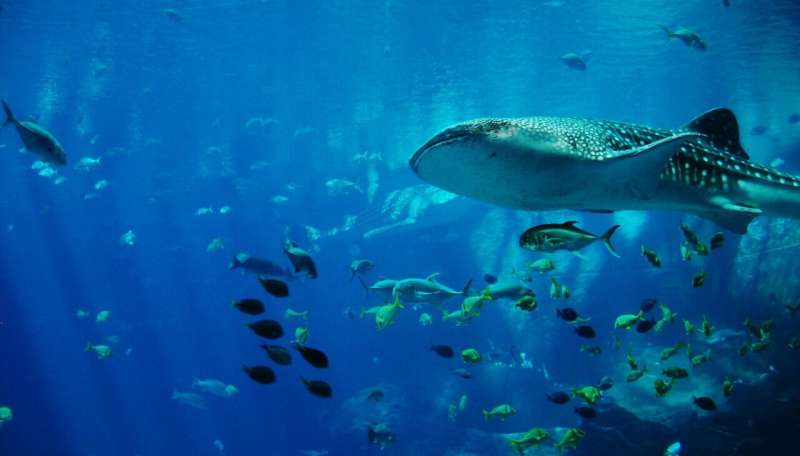Researchers have developed a groundbreaking collagen fingerprinting tool that reveals the fishing practices of Pacific islanders during the late Stone Age. This innovative technique, known as Zooarchaeology by Mass Spectrometry (ZooMS), allows scientists to identify specific fish species from archaeological bone fragments, shedding light on the diets and survival strategies of these ancient communities.
According to research published in the Journal of Archaeological Science, the application of ZooMS has enhanced the understanding of fishing methods used by islanders on Fais Island, located in the Yap State of Micronesia. The findings indicate that these early inhabitants were adept at catching both inshore and pelagic fish, which played a crucial role in their sustenance and cultural development.
Insights from Archaeological Evidence
The study analyzed 131 archaeological bones, successfully identifying three species of tuna and five types of sharks. This research highlights the significance of pelagic fishing, targeting fast-moving marine predators, which was essential for the survival of Pacific islanders. The ability to navigate the challenging coral reefs surrounding Fais Island made pelagic fishing a vital strategy for these communities.
Excavations at the Powa archaeological site on Fais Island revealed that the area has been inhabited for nearly 1,800 years. Traditional bone-comparison methods previously used to identify fish remains were inadequate due to the limitations of preservation conditions and the nature of fish skeletons, which often consist of cartilage that does not fossilize.
Advancements in Identification Techniques
The researchers employed ZooMS to provide a more reliable method for distinguishing fish species. Utilizing acid-soluble collagen extraction, they processed bone samples and analyzed them through mass spectrometry to generate unique collagen “fingerprints.” This approach achieved a remarkable identification accuracy of 97% for tuna family bones. Out of the 77 samples tested, 75 were identified as skipjack tuna, with the remaining two being yellowfin tuna and wahoo.
The shark samples yielded a diverse array of species. Although the reference database for precise identification was incomplete, the researchers successfully fingerprinted 50 shark samples, identifying 20 closely related to the silky shark, 11 to the Galapagos shark, and 17 to the silvertip shark. One sample was linked to the whitetip reef shark.
This enhanced identification method provides clearer insights into the ancient fishing practices of Pacific Islanders. The researchers emphasize the importance of expanding reference databases to further improve the ZooMS technique, which can fill remaining gaps in species identification. Such advancements are crucial for understanding how fishing habits influenced the development of early societies.
The findings underscore the potential of molecular-level techniques in archaeological research, opening new avenues for understanding the complex relationship between ancient communities and their marine environments.







